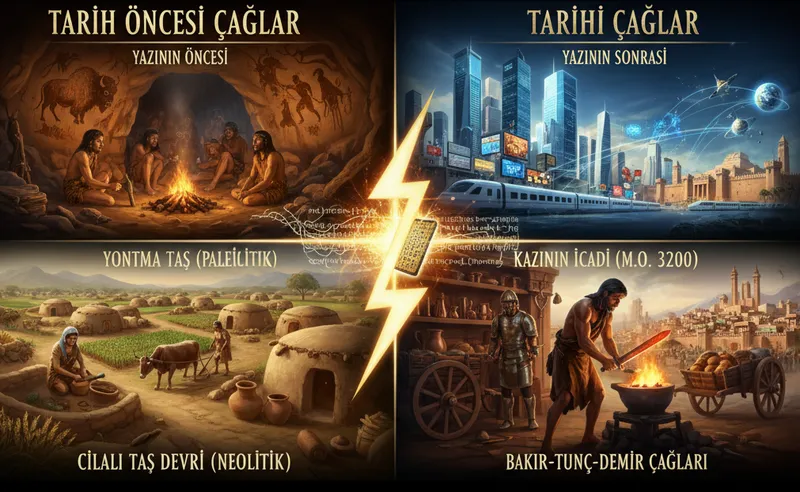
🗿 HISTORICAL ERAS (EARLY HUMANS AND THE STONE AGE)
Characteristics of Life Before Fire:
- Protection from Cold: Survival was extremely difficult, especially in cold climates. They faced the danger of freezing, and shelter was their only defense against the cold.
- Food Preparation: They had to consume their food raw. This led to digestive difficulties and prevented them from fully benefiting from the nutritional value of some foods. The risk of disease from bacteria and parasites in raw meat and plants was high.
- Hunting and Defense: Hunting was nearly impossible in the dark at night. They were vulnerable to predators, and their safety was limited.
- Social Life: Social activities such as gathering and storytelling in the dark at night were restricted.
Transformation Brought by the Discovery of Fire
The control and use of fire was a revolutionary event in human history and fundamentally changed the lives of early humans:
- Heating and Protection: Fire provided humans with the ability to protect themselves from the cold. This allowed them to spread to wider geographies and live in colder climates. It also increased safety by keeping predators away at night.
- Cooking: Cooking food facilitated digestion, increased nutritional value, and eliminated bacteria and parasites that caused diseases. This may have accelerated brain development and extended human life expectancy.
- Illumination: Fire provided light at night. This allowed people to continue their activities, make tools, and engage in social interaction after sunset.
- Development of Social Life: Gathering around fire strengthened social bonds, encouraged the development of language, and became a center for cultural exchange.
- Tool Making: Fire was also used in tool making. For example, they used fire to harden spear tips or to make flint easier to work.
Periodization of History: Prehistory and Historical Ages
History is divided into two main periods based on the invention of writing:
Prehistoric Ages (Prehistory)
This is the period before the invention of writing. Archaeological findings (stone tools, cave paintings, fossils, etc.) are used to gather information about this period. It covers the time from the emergence of humanity until the invention of writing in Mesopotamia around 3200 BCE.
Historical Ages
This is the period beginning with the invention of writing and continuing up to the present day. We have much more detailed information about this period thanks to written documents (inscriptions, papyri, books, etc.).
Periods of Prehistoric Ages: Stone Age and Metal Age
Prehistoric Ages are divided into smaller periods according to the main material used by humans for making tools:
Stone Age
The period when humans primarily used stone, bone, and wood for tool making.
Paleolithic Age (Old Stone Age)
- It is the longest and oldest period of human history.
- Humans subsisted by hunting and gathering.
- They lived in caves and tree hollows.
- They used crude and unpolished stone tools.
- Fire is discovered and controlled.
- They drew pictures on cave walls (the first examples of art).
- They lived in clans and had not yet adopted settled life.
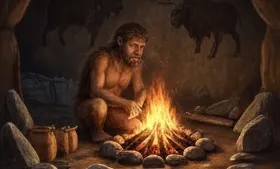
Neolithic Age (New Stone Age)
- This is the period when a great transformation occurred in human history (the Neolithic Revolution).
- Agriculture begins: People learn to cultivate the soil and grow crops.
- Animal husbandry begins: Animals are domesticated.
- Settled life is adopted: The first villages and cities are established.
- Sharper and polished stone tools are used.
- Ceramics (pottery) making begins.
- The first hand-woven fabrics and clothing are produced.
- The concept of private property emerges.
Metal Age
The period when humans began using metals for tool making.
Copper Age (Chalcolithic Age)
- It is the transition period when copper metal began to be used alongside stone tools.
- Copper is one of the first metals used because it is easy to process.
- Settlements continue to grow.
- Agriculture and animal husbandry develop.
Bronze Age
- Bronze, a harder and more durable alloy, is obtained by mixing copper and tin.
- Tools and weapons made of bronze become widespread.
- The first state structures and city-states emerge.
- Trade develops, and the wheel becomes common.
- In some regions, writing is invented, marking the beginning of the transition to the Historical Ages.
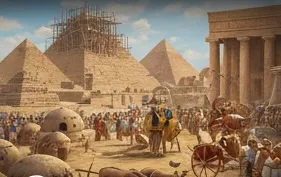
Iron Age
The period when iron processing began. Since iron is harder and more abundant than bronze, it allows for the creation of stronger tools and weapons.
Great empires are established, and armies grow stronger. Agricultural technology develops, and production increases. During this period, many civilizations complete their transition to the Historical Ages by fully beginning to use writing.
This periodization is a general framework used to understand humanity’s technological and cultural development. However, these periods did not occur simultaneously in different geographies; some regions developed faster or slower than others.

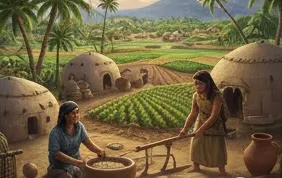
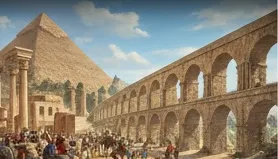
Leave a Comment